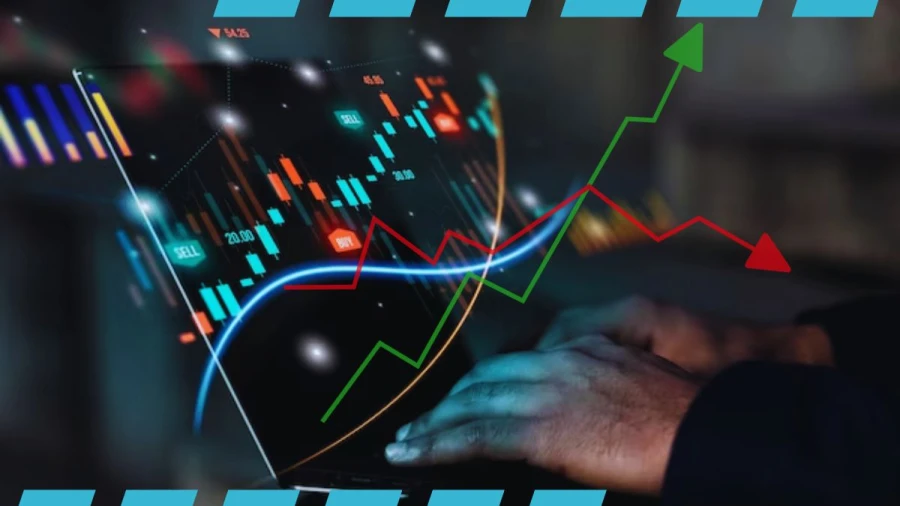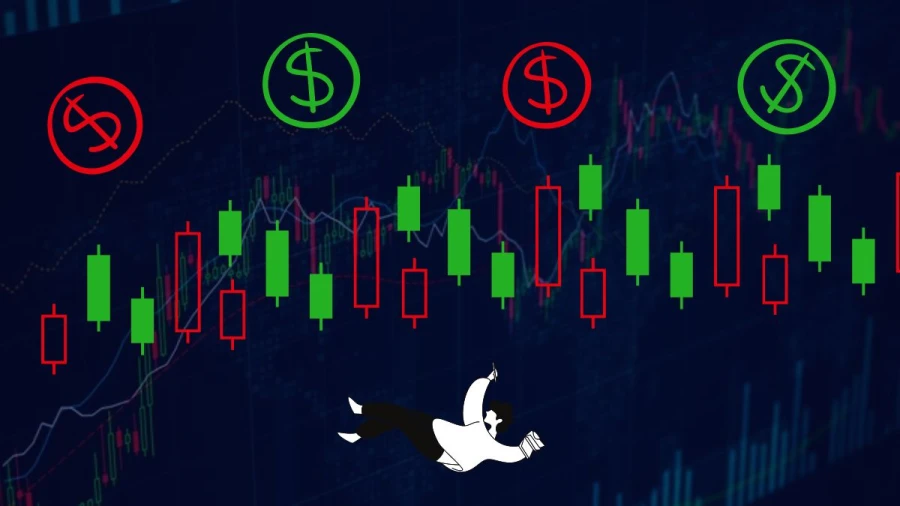
What is Slippage in Crypto? How to Calculate Crypto Slippage?
Get insight to calculate crypto slippage and effectively utilize strategies to avoid risks. Explore the slippage effect on crypto trading that improves yourself by gaining essential knowledge for guiding volatile markets.
by Swetha P
Published Apr 05, 2024 | Updated Nov 13, 2025 | 📖 3 min read
What is Slippage in Crypto?
In crypto trading, slippage refers to the price you pay for a cryptocurrency that differs from what you expected, placing your trade at the time. It's the difference between the expected and actual outcome of a trade. This difference can lead to either gains or losses, and it depends on the price movement direction during the implementation of the trade.
For example, to make you understand, suppose you're purchasing a crypto coin at a particular price but when your transaction runs through the price changes. If the new price is higher than what you initially approved, you have experienced a positive slippage.
Contrarily, if the new price is lower, it represents a negative slippage, and you might end up paying more or obtaining less than you expected. In cryptocurrencies like explosive markets, Slippage familiar occurrence where rapidly costs can fluctuate within seconds. This volatility makes it easy for traders and accounts for slippage while making transactions
Slippage Aspect of Crypto Trading
Slippage is an intrinsic factor of crypto trading, specifically on decentralized exchanges (DEXs), where assets are highly explosive cryptocurrencies. Major DEXs like Spookyswap, Uniswap, and VVS Finance allow users to set their selected slippage tolerance when making trades.
On DEXs, if the cost moves overreaches to specific slippage tolerance, the trade may regress, ensuring that users aren't subject to unexpected price changes beyond their comfort level.
Understanding and Managing slippage is necessary for crypto traders to protect their investments and enhance their trading strategies. Traders can guide the occupied crypto market more effectively by staying notified about market conditions, using available tools, and setting suitable slippage tolerances.
Image Source: Fresherslive
How to Calculate Crypto Slippage?
Crypto slippage is essential to traders for accurate estimation of the potential gains or losses.
- Analyze the difference between the trade price and the current market price. For example, if you buy 1 token at $1,000 but are restocked at $800, the slippage would be $200.
- Calculate the percentage of slippage by dividing the price difference of the present market price. For instance, the slippage percentage 20% (200/1,000)
- Aside from manual calculation, traders can evaluate the slippage of different crypto chains with factors such as network congestion into account by utilizing different tools and resources available. These tools provide real-time data to gauge possible implementation costs accurately.
- Understanding its implications, traders can make more informed decisions by calculating slippage and minimizing possible losses.
Strategies to Minimize Slippage
In crypto trading, slippage is a standard occurrence, and there are strategies traders can utilize to minimize its consequences:
Orders Limitation: The limitation of orders allows traders to determine the maximum cost they are willing to pay when buying or the minimum cost they are willing to take when selling and the risk of unexpected price changes during execution.
Split Orders: Rather than placing a large single order, consider splitting it into smaller orders and managing them over time. Doing this might help you to minimize the effect of slippage, specifically in illiquid markets.
Trading Tools: Some trading tools and platforms offer features with advantages that might help you minimize slippage, such as advanced order types and slippage calculators.
Observe Market states: Before managing trades stay informed about market volatility and liquidity levels. During periods of high volatility or low liquidity avoid trading as these states can lead to worsen slippage.
In the crypto market, by enforcing these strategies and staying attentive, traders can optimize their trading outcomes and manage slippage much better.





